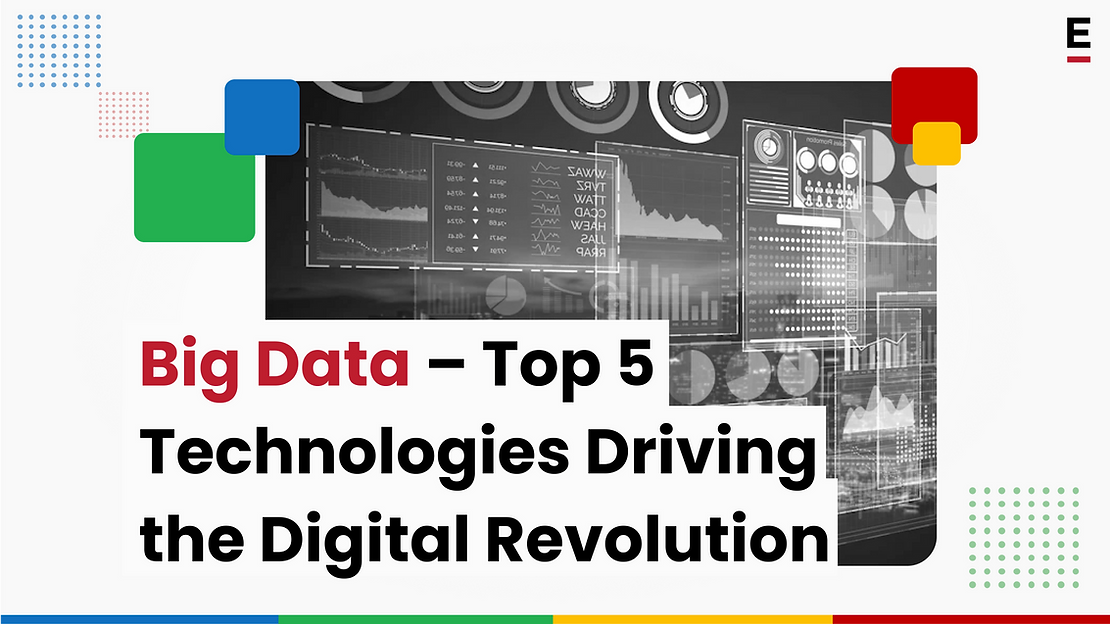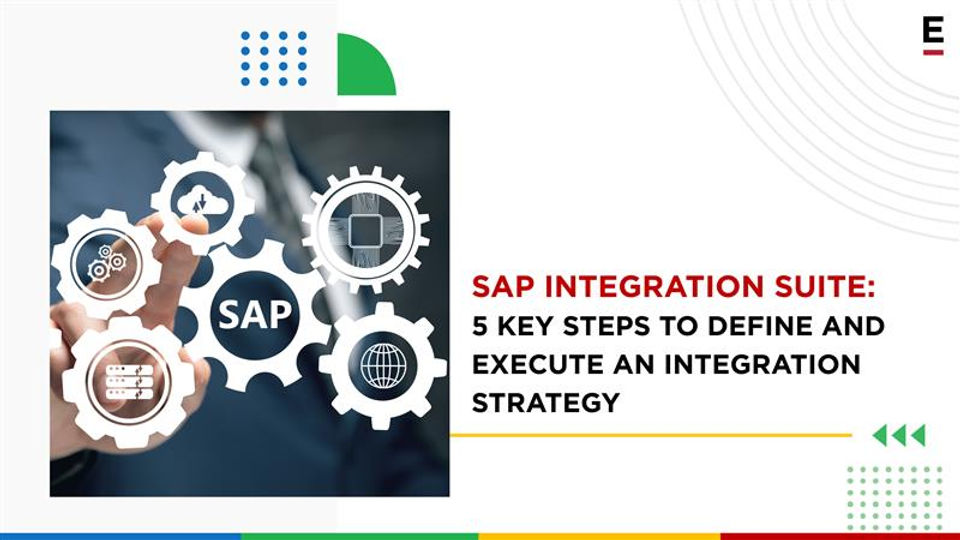With the immense amounts of data generated by active sources, organizations are now looking to harness the power of Big Data and modern technologies to gain valuable insights, improve efficiency, and drive growth. Modern technologies such as Artificial Intelligence, Machine Learning, the Internet of Things, Cloud Computing, Blockchain, and more share a synergistic relationship with Big Data. Companies can improve business performance and multifold efficiency by bringing together Big Data and other modern technologies. Using intelligent decision support systems fueled by Big Data, AI, ML, and Blockchain, companies can create a competitive edge for their services and products and be at the forefront of the technology curve.
If you want to dive deeper into the topic of Big Data, check out our previous article on “Unlocking the Power of Big Data”(URL) for an in-depth understanding, focusing on how it’s shaping the future of the digital economy. This article digs deeper into the top 5 Big Data technologies driving the digital revolution.
Power of Artificial Intelligence
AI algorithms can now be trained to analyze and make higher accuracy and efficiency predictions. As per reports from Yahoo Finance, the global AI and Big Data market size is expected to grow from $1.4 billion in 2018 to $1094.5 billion by 2032, at a CAGR of 22.9% from 2023-2032.
One of the critical applications of AI in Big Data is customer analytics. AI-powered algorithms can analyze customer data to identify patterns, predict customer behavior, and provide personalized recommendations. That, too, with the ability to analyze large datasets to troubleshoot any anomalies that may indicate fraudulent activity.
Connecting the Dots with Internet of Things (IoT)
IoT devices such as smart cameras, sensors, and wearables enable organizations to generate enormous amounts of data, which can be used to gain valuable insights and improve efficiency. Reports from MarketsandMarkets suggest that the global IoT market size is expected to grow from $4.4 billion in 2018 to $650.5 billion by 2027, at a CAGR of 16.7%.
The critical bridge between IoT and Big Data is in predictive maintenance. IoT-enabled devices can monitor equipment and machinery in real-time, generating actionable insights that can be interpreted for predicting when maintenance is needed. This helps businesses to improve equipment efficiency, reduce downtime, and save costs.
The Sky is the Limit with Cloud Computing
The vast unstructured datasets must be stored somewhere, correct? That is why organizations are now looking to store and process data in the cloud. According to Economic Times, the global cloud computing and Big Data market is expected to reach from $429.5 billion in 2021 to $1025.7 billion in 2028, growing at a steady CAGR of about 15.8%.
Organizations can store datasets in the cloud and use Big Data analytics tools to cut down on storage costs heavily. Another critical application of cloud computing in Big Data is data management. This enables businesses to use cloud-based data management solutions to store, process, and analyze vast datasets in real-time.
Future of Analysis with Machine Learning
Machine Learning (ML) is a subset of Artificial Intelligence (AI) that enables computers to learn from data without being explicitly programmed. The global market for ML is predicted to bolter significantly from 2020 to 2030 at a healthy CAGR of approximately 38.7% to attain an estimated $106.5 billion by the end of 2030.
Machine Learning’s potential can help organizations to improve efficiency and reduce costs. And let us not forget the rising adoption and usage of Natural Language Processing (NLP). ML-powered NLP algorithms can analyze unstructured datasets, such as social media posts or customer reviews, to extract insights and improve customer engagement.
Decentralization of Data with Blockchain
Blockchain is a game-changer for Big Data, as it enables organizations to store and share unstructured datasets in a secure and tamper-proof manner. Reports by MarketsandMarkets suggest that the global Blockchain and Big Data market size was estimated at $4.9 billion in 2021 and is predicted to hit $67.4 billion by 2026 with a CAGR of 68.4%.
Blockchain’s decentralized and tamper-proof nature ensures that data is secure and cannot be altered without the consensus of all parties/nodes on the network. Enter its potential in data sharing, and Blockchain enables organizations to share data securely and transparently, improving collaboration and driving innovation.
The Emergence of Data Lakes
Today both large and small companies find Big Data to be an essential requirement to harness their business potential. Through the analysis of vast amounts of unstructured data, they appreciate greater profitability and competitive edge. However, all companies require a modern data architecture to go to the next level and set a background for growth, leading to the emergence of data lakes.
A data lake includes all data sources, unstructured, and semi-structured, from a wide variety of data sources, making it much more flexible in its potential use cases. They are typically built on low-cost commodity hardware, considered to be economically viable to store terabytes and even petabytes of data. Furthermore, data lake provides end-to-end services that offer reduction in time, effort, and cost for operating Data pipelines, Streaming Analytics, and Machine Learning workloads on any cloud.
The top benefits of Data Lakes include Adaptability, Agility, Reduction of Overall Costs, Enterprise-Grade Security, Geographic Reach and Fault Tolerance, Resilience, Disaster Recovery. A Data Lake can yield deep, actionable insights to create business value.
To summarize, Big Data can uncover hidden patterns and trends that are helpful for companies regarding their user and customer behaviors. These insights can help companies find innovative approaches for innovation and provide competitive benefits by offering products and services not yet widely available early. Nearly every industry uses Big Data, and through the next blog, we will discuss several industrial applications in detail. Stay tuned!




